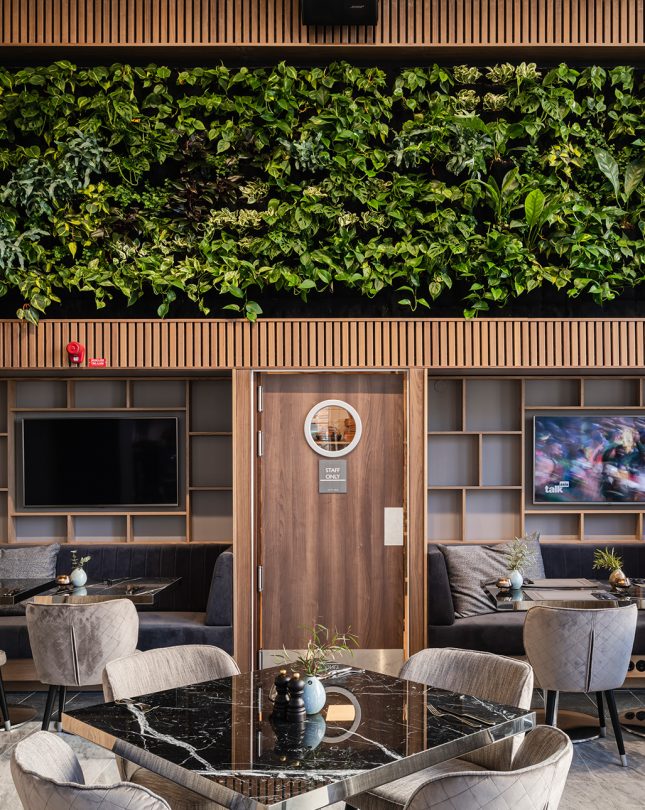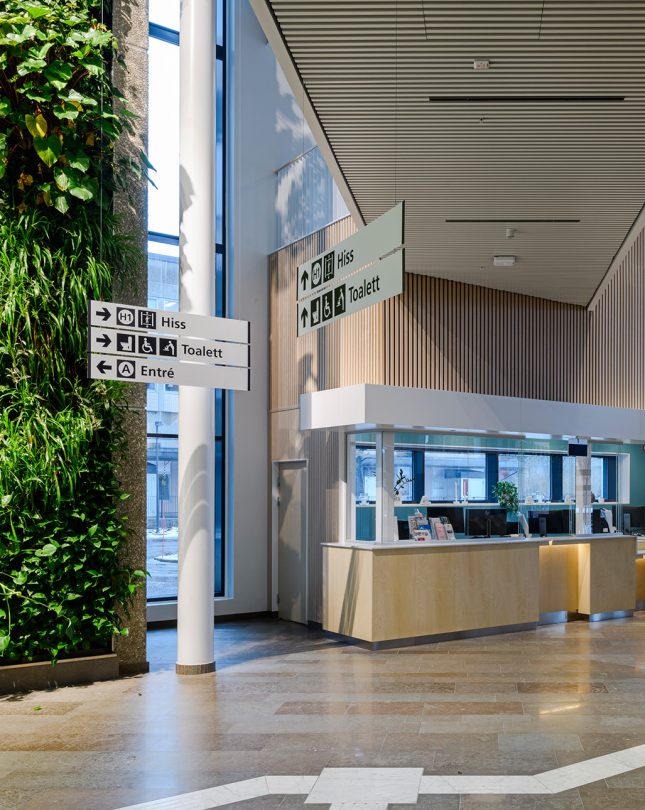Our latest news and views English
Underpinned by our Scandinavian design heritage, we bring you regular stories about architecture and interiors, exploring natural materials, acoustics, and the creation of safe and harmonious environments.
Just like our physical health, our mental health is heavily influenced by our lifestyle and surroundings. Good mental health is a product of many ingredients: happiness, enjoyment, and a sense of purpose; and experiencing healthy relationships with others. The World Health Organisation defines ‘good mental health’ as follows:

“Mental health is not just the absence of mental disorder. It’s defined as a state of well-being in which every individual realises his or her own potential, can cope with the normal stresses of life, can work productively and fruitfully, and is able to make a contribution to her or his community.” As this definition makes clear, wellbeing is an experience of life. When we talk about design for mental wellbeing we’re talking about design that can support this experience. For the majority of us, 90% of our life experience takes place inside buildings, and predominantly in urban areas.
In the book Happy City, journalist Charles Montgomery refers to ‘the healing touch of nature’ throughout. This innate fascination with the natural world is deep rooted in all of us – whether we’re aware of it or not – and is restorative and calming. Whether it’s walking through a park or glimpsing a view of treetops through a window, providing exposure to nature is one of the best ways cities can support mental wellbeing.
For a truly ‘happy city’, the inside of buildings must be designed to enhance mental wellbeing too. Bringing the outside in, with natural light and materials, plants, and good ventilation, is a great way to support the wellbeing of occupants, and is the purpose of Biophilic Design.
The benefits of Biophilic Design are many. Natural light boosts Vitamin D which reduces the risk of heart disease, improves sleep and reduces risk of seasonal affective disorder. It’s also been proven to help us focus, enabling us to be more productive, especially important for educational and office environments.


The use of natural materials, in particular wood, is powerful too. A 2018 study in Australia demonstrated a clear relationship between work satisfaction and the visible presence of wood in working environments, with staff reporting lower stress levels, increased concentration and overall boosted mood.
The benefits of wood are not only transmitted visually – being in the presence of wood is a truly multisensory experience. It’s a material with excellent acoustic and thermal properties, providing comfortable environments for living and working. Furthermore, when it comes to touch, studies suggest the tactile characteristics of wood have emotional benefits, and when assessed in commercial settings, lead to positive decision-making behaviour and impulse buying: wood has indirect economic benefits too.
As our understanding of the subject grows, creating interiors with mental wellbeing in mind rises on the design agenda. In the words of Elina Grigouriou in her book Wellbeing in Interiors: Philosophy, design and value in practice, designing for mental wellbeing is “a valuable, and potentially life-changing, endeavour”, and an endeavour that sees design and nature unite.